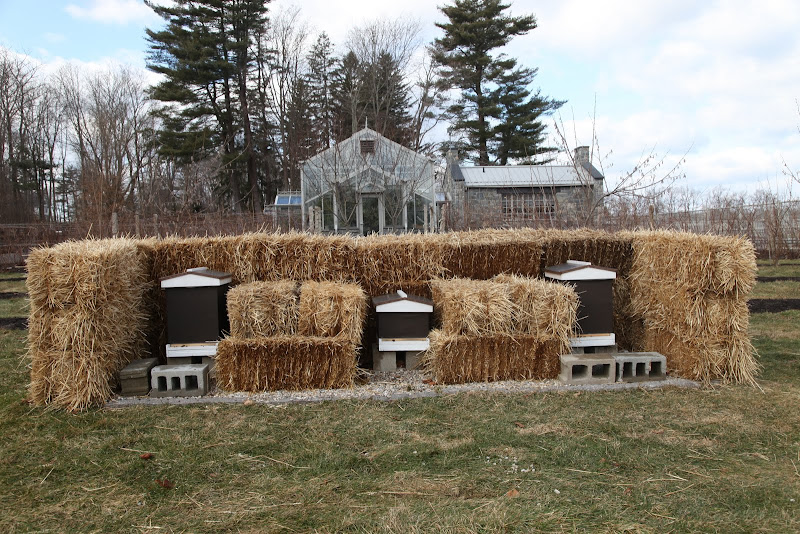Finman
Queen Bee
- Joined
- Nov 8, 2008
- Messages
- 27,887
- Reaction score
- 2,023
- Location
- Finland, Helsinki
- Hive Type
- Langstroth
In my first winter, under advice, i used a crown board with a hole at each end and left a block of fondant over each hole. May have helped, may not have but I didnt lose any of my then three colonies. All three came through the winter.
It does not help at all. It only makes the hive more cold and difficult to bees move.
It is basic knowledge of wintering. Not piling problem onto problem.
Go to basics!! Wintering in Britain is not a new idea.
Finland

Tricks are many said aunt when she sweeped table with cat

.
Last edited:





